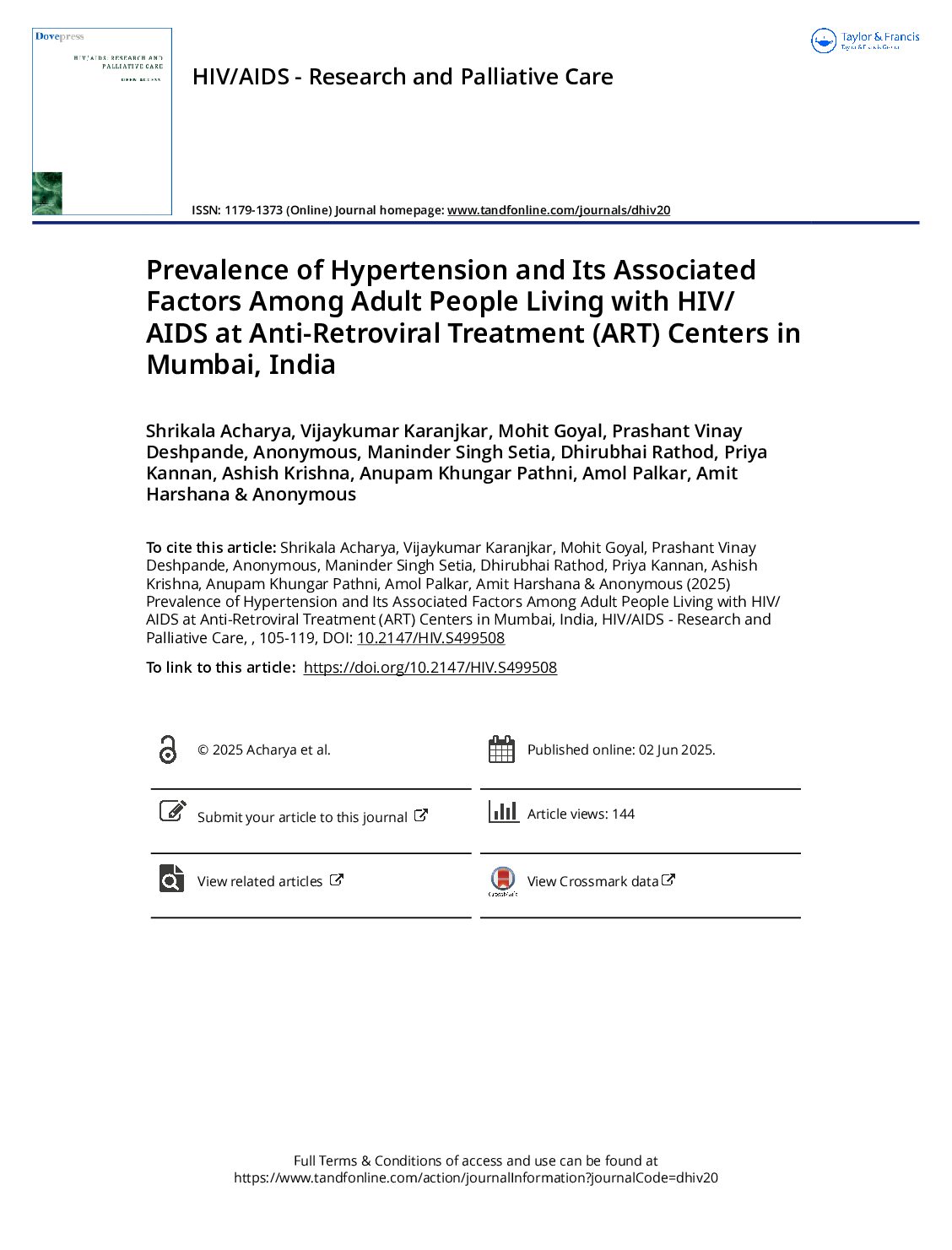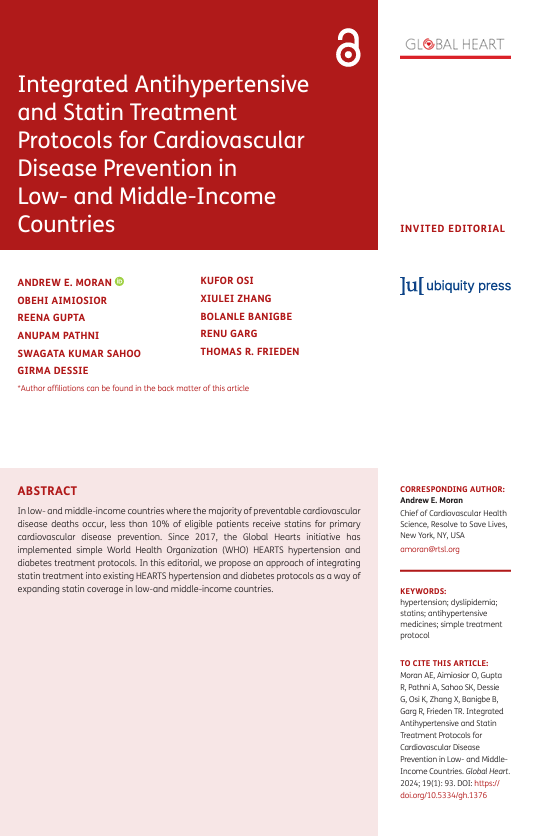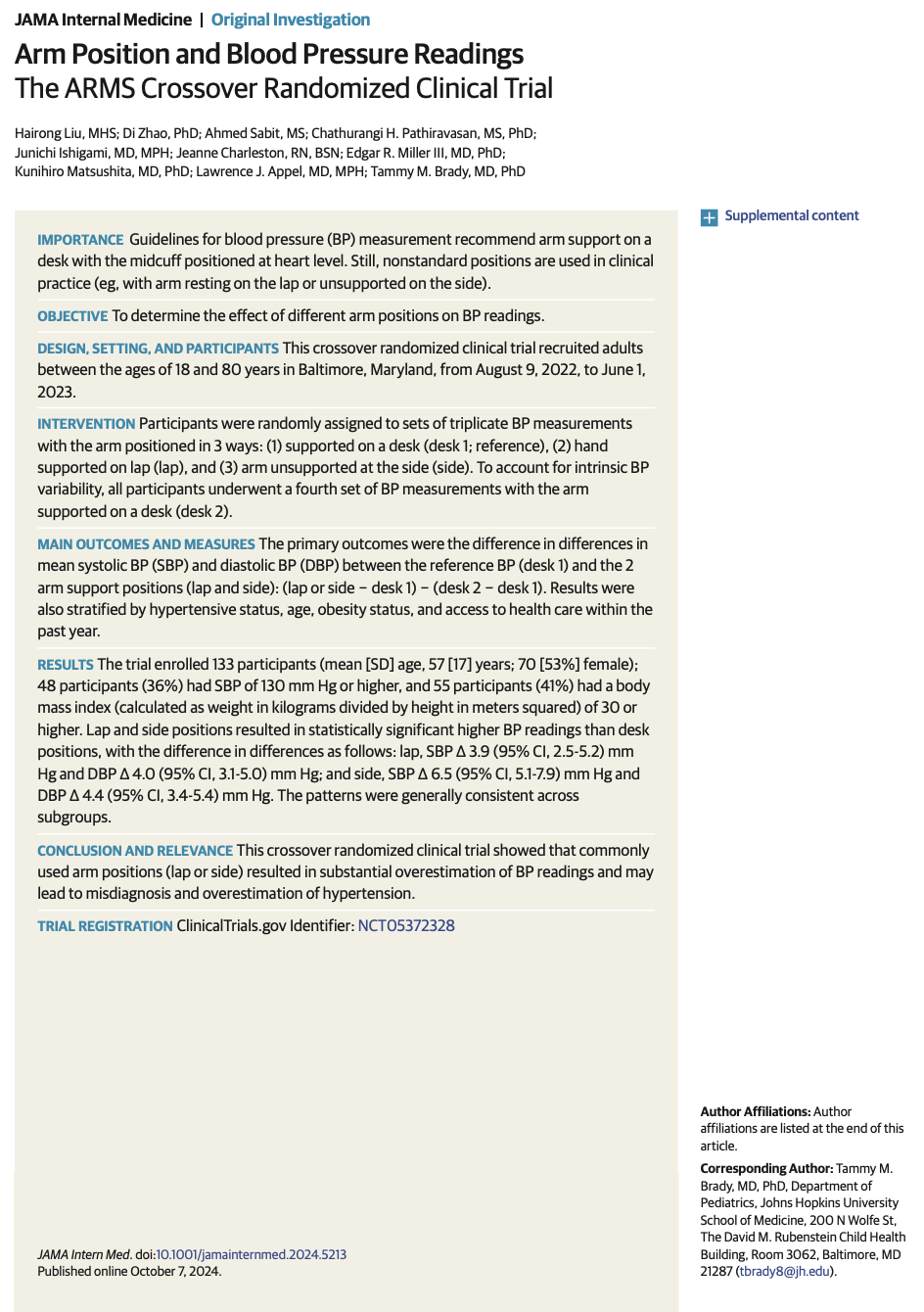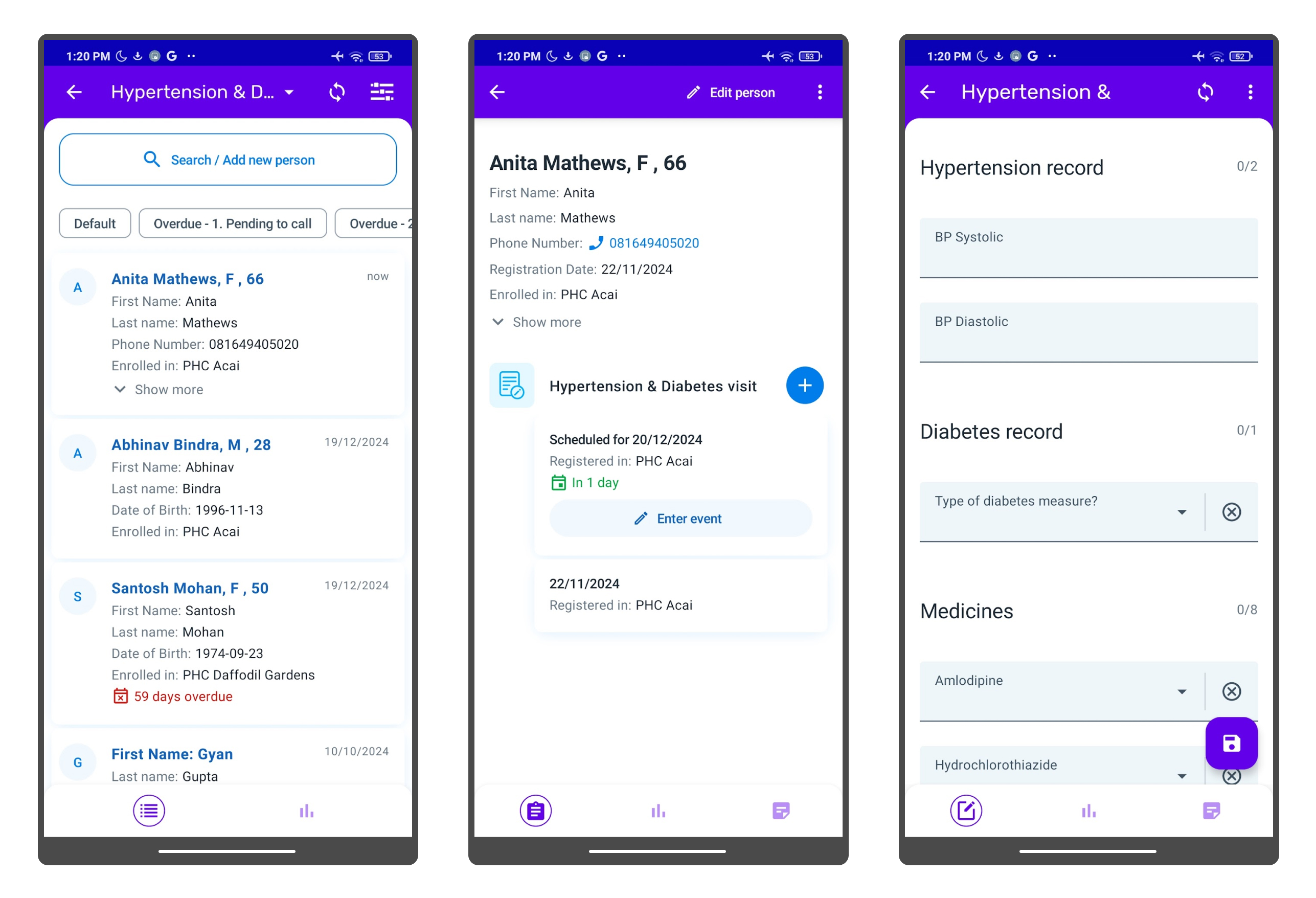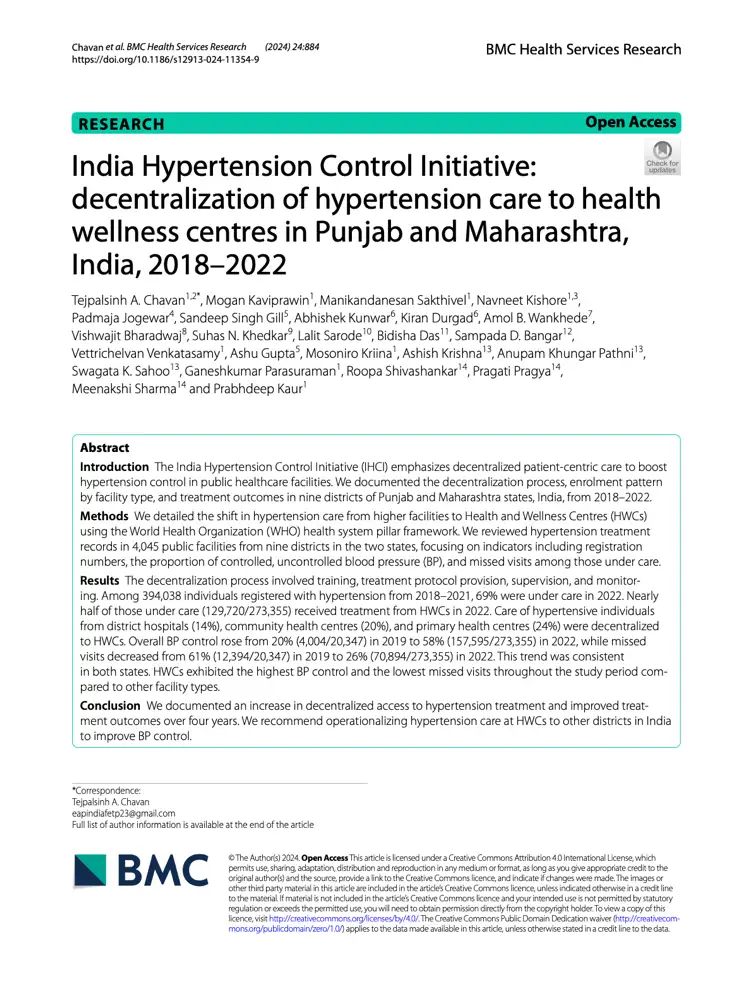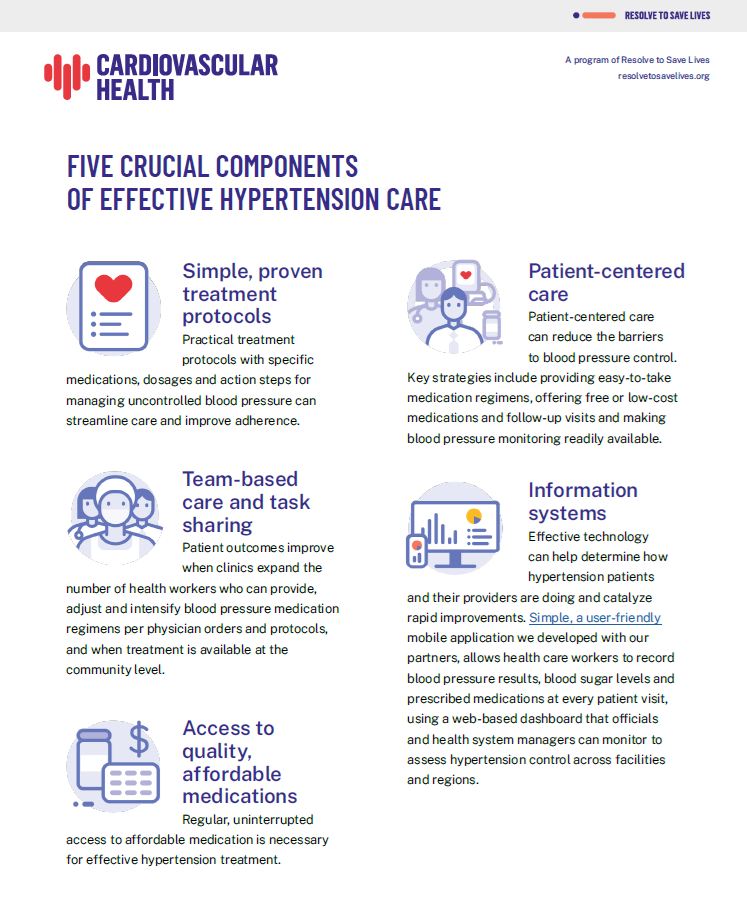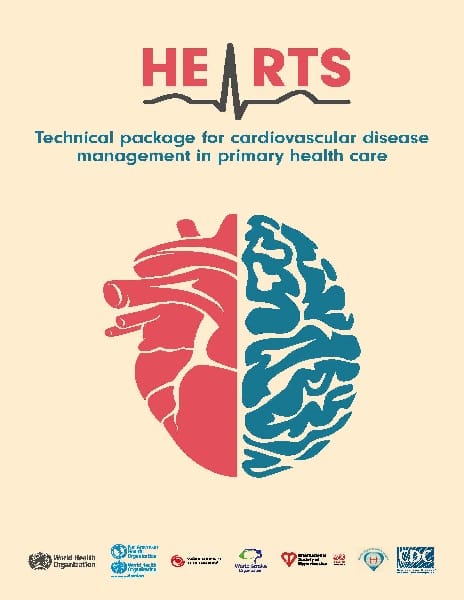Resource Library
Patient-centered care
Nearly one in four people living with HIV also have hypertension, underscoring the importance of integrating hypertension care into routine HIV services to support better long-term health outcomes.
Less than ten percent of patients in LMICs get the cholesterol medications they need to prevent heart attack and stroke. Integrating statins into existing HEARTS protocols can address this disparity.
Faulty blood pressure readings can put lives at risk. This new trial highlights how to measure blood pressures correctly to improve quality of care.
Resolve to Save Lives
Resolve to Save Lives
Resolve to Save Lives
Resolve to Save Lives
Resolve to Save Lives
DHIS2
The latest DHIS2 tracker that integrates hypertension and diabetes care for large scale NCD programs is now available for download via Github.
Resolve to Save Lives
DHI2’s new tracker integrates hypertension and diabetes care for large-scale NCD programs in a digital health care solutions that’s practical, sustainable, cost-effective, and easy to train.
DHIS2
The latest DHIS2 tracker that integrates hypertension and diabetes care for large scale NCD programs is now available to demo.
BioMed Central Ltd
Resolve to Save Lives
World Health Organization
